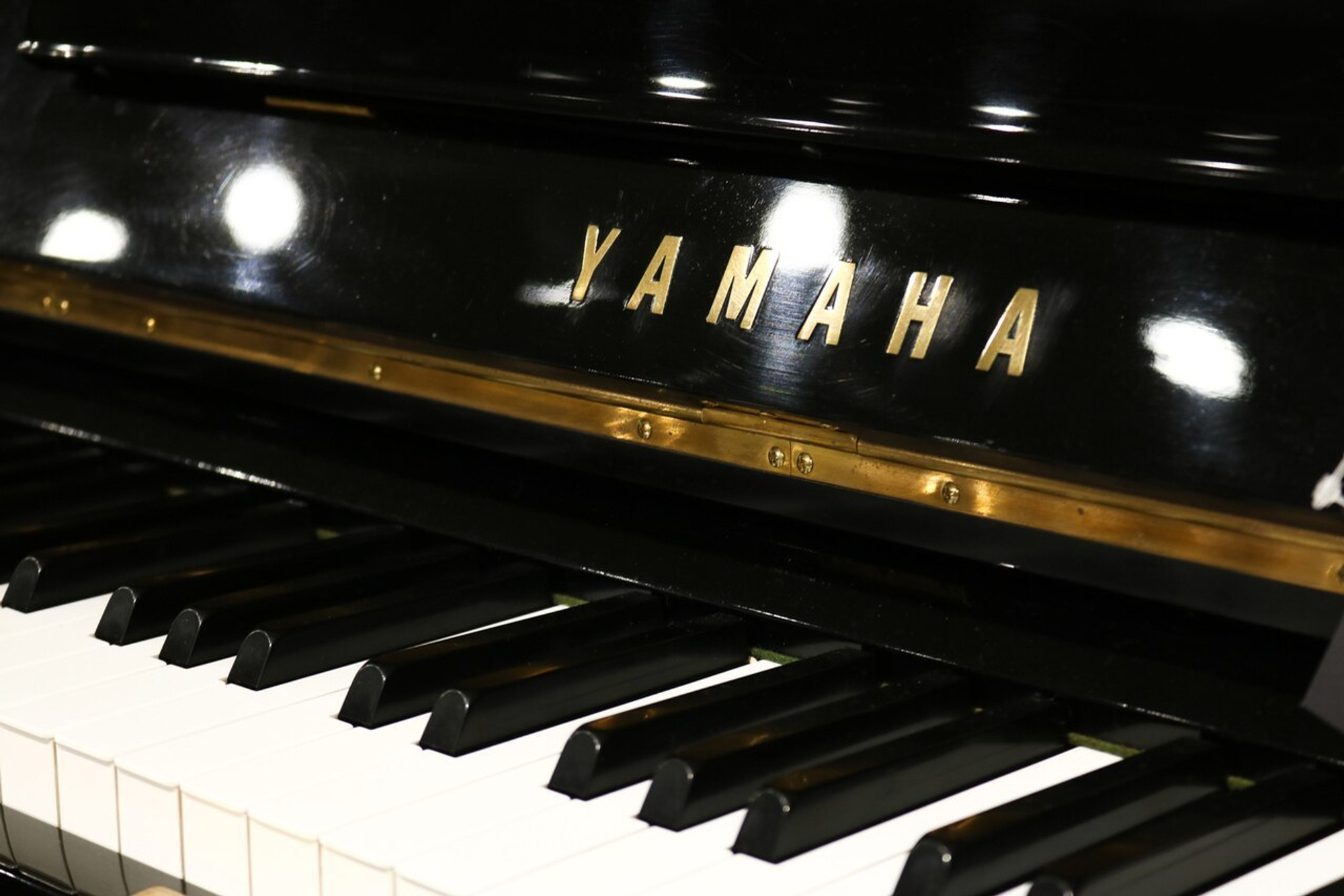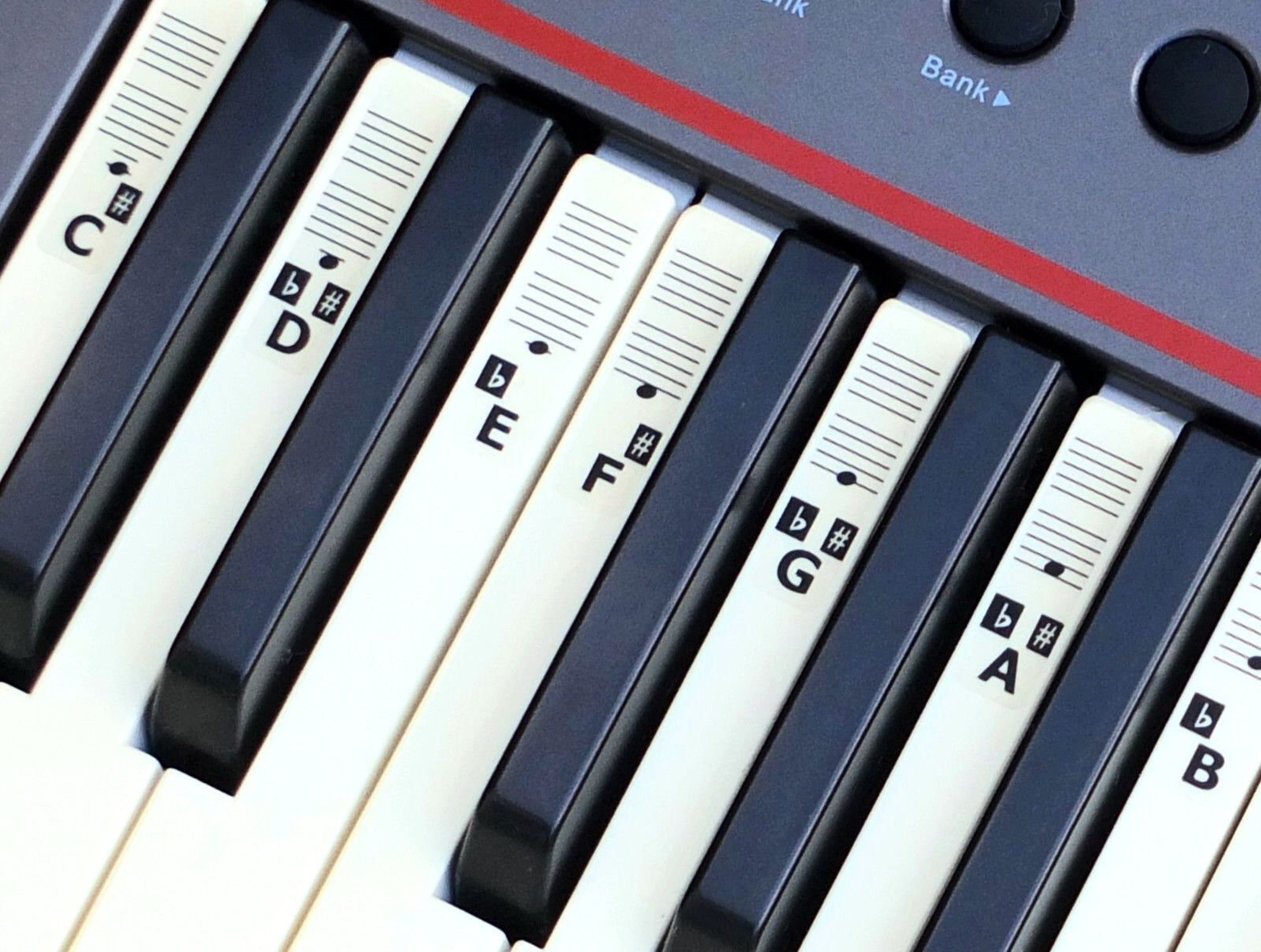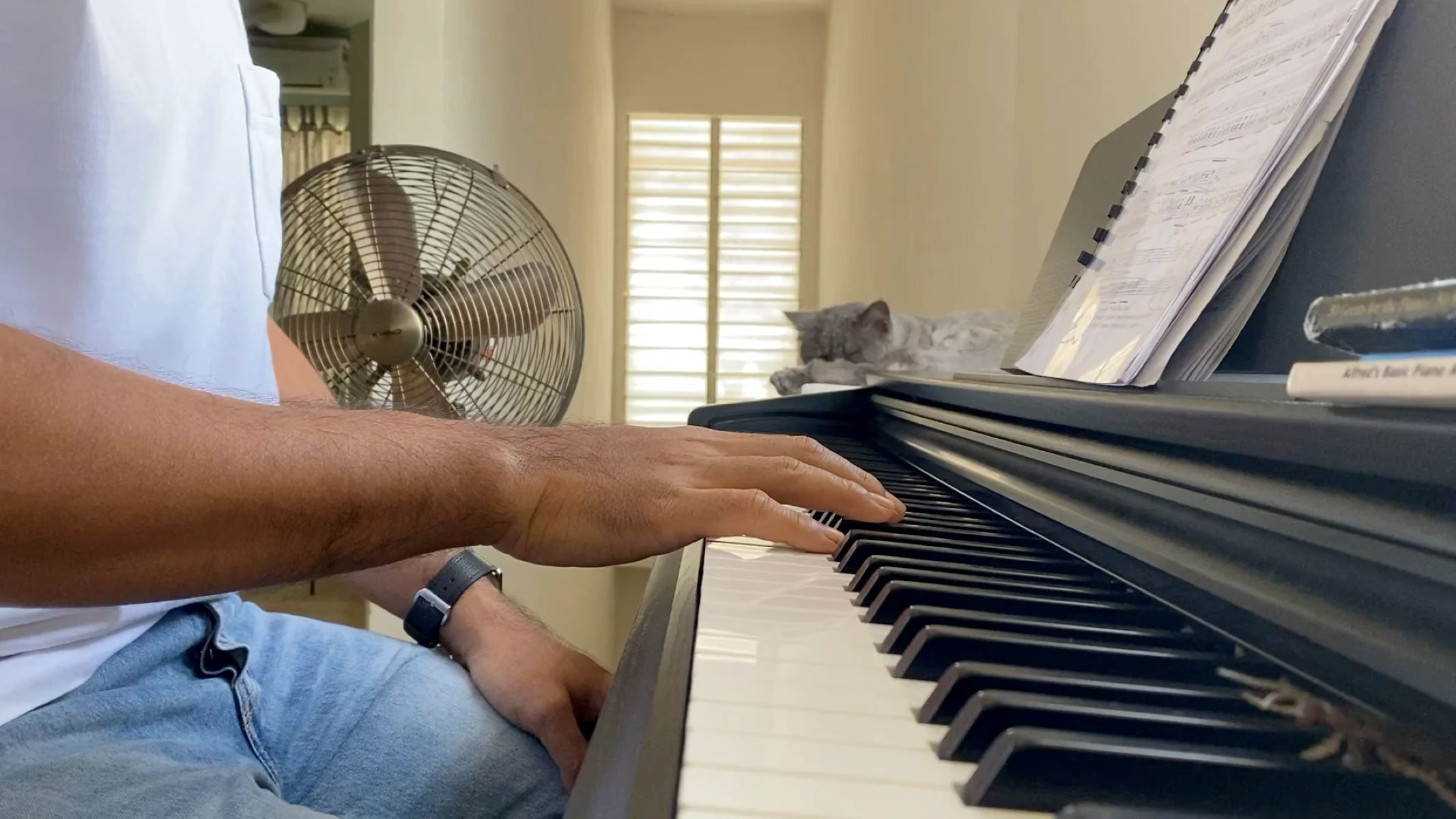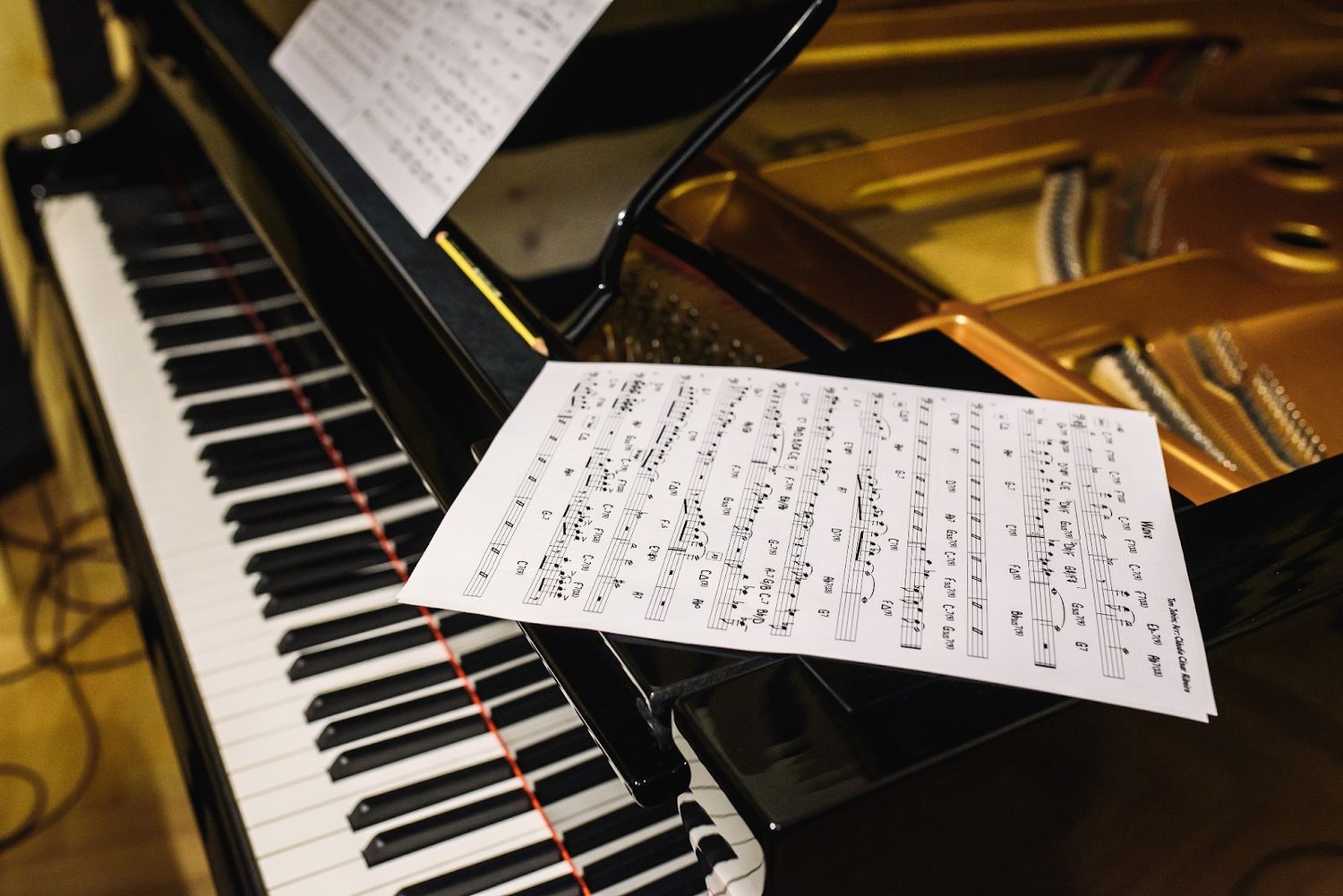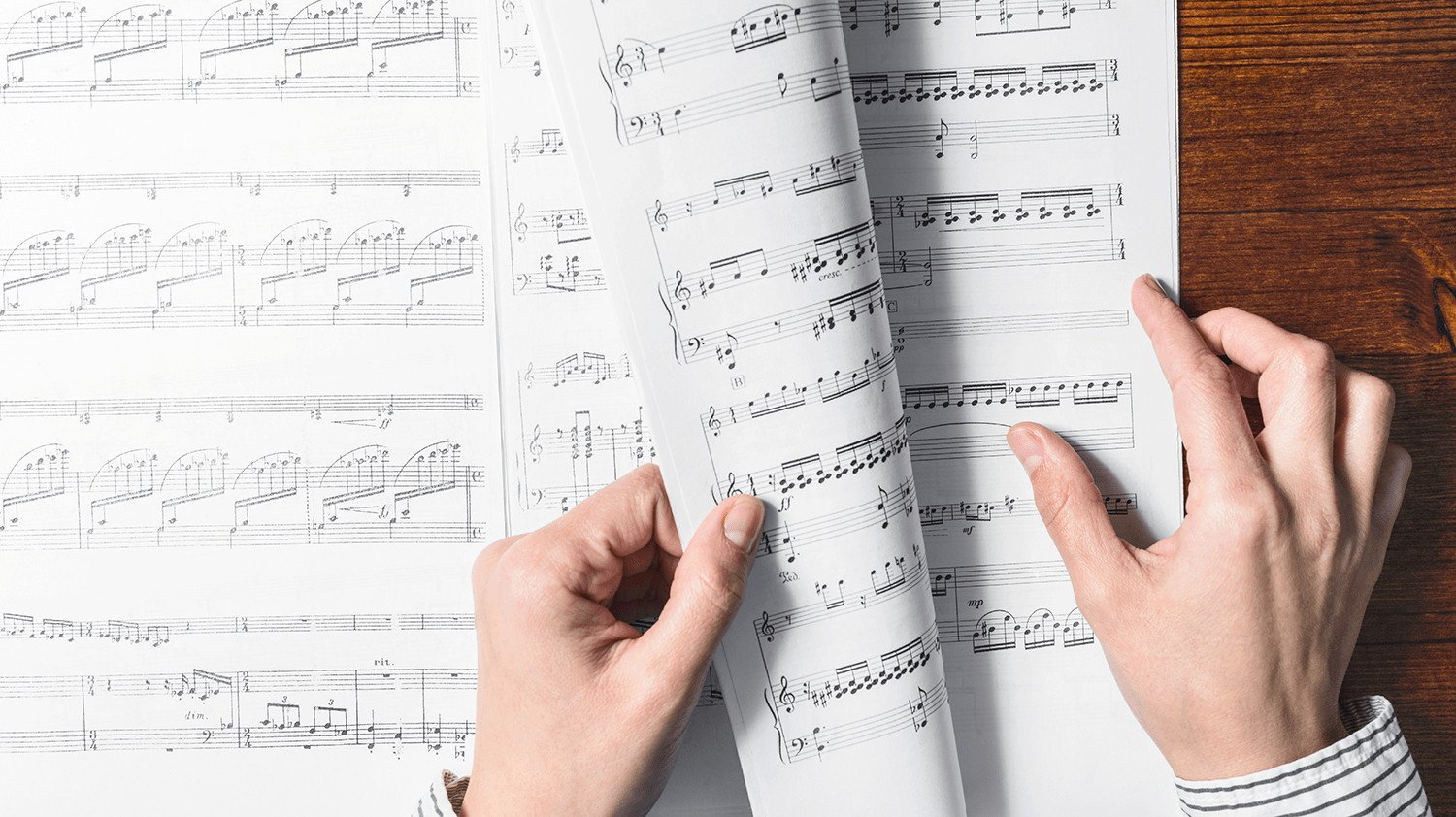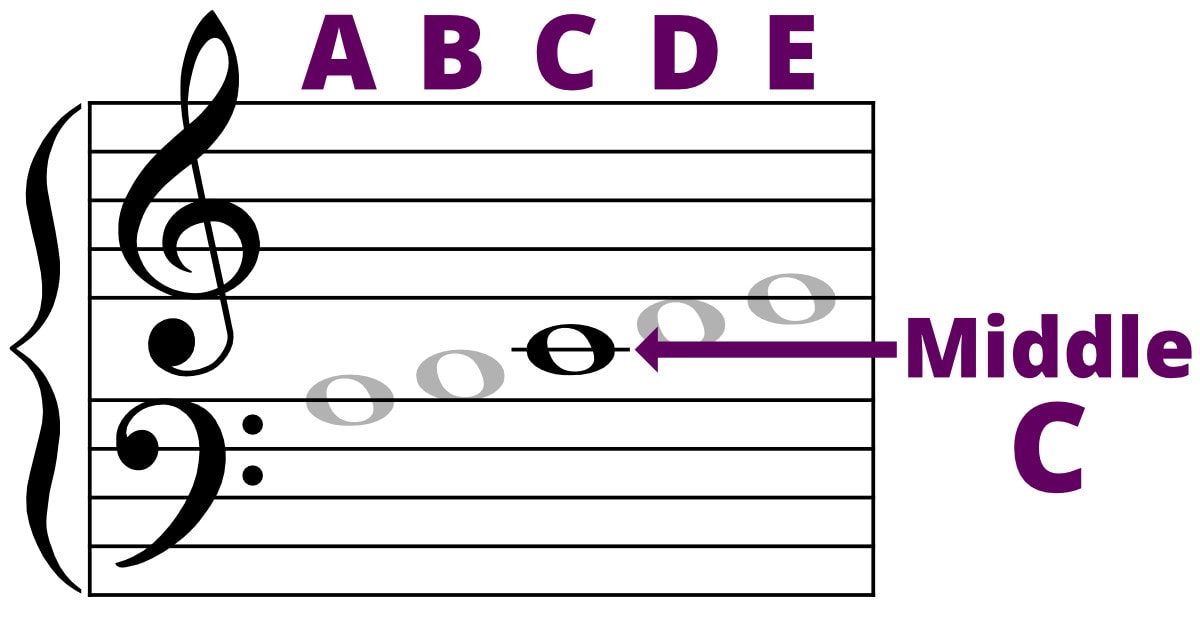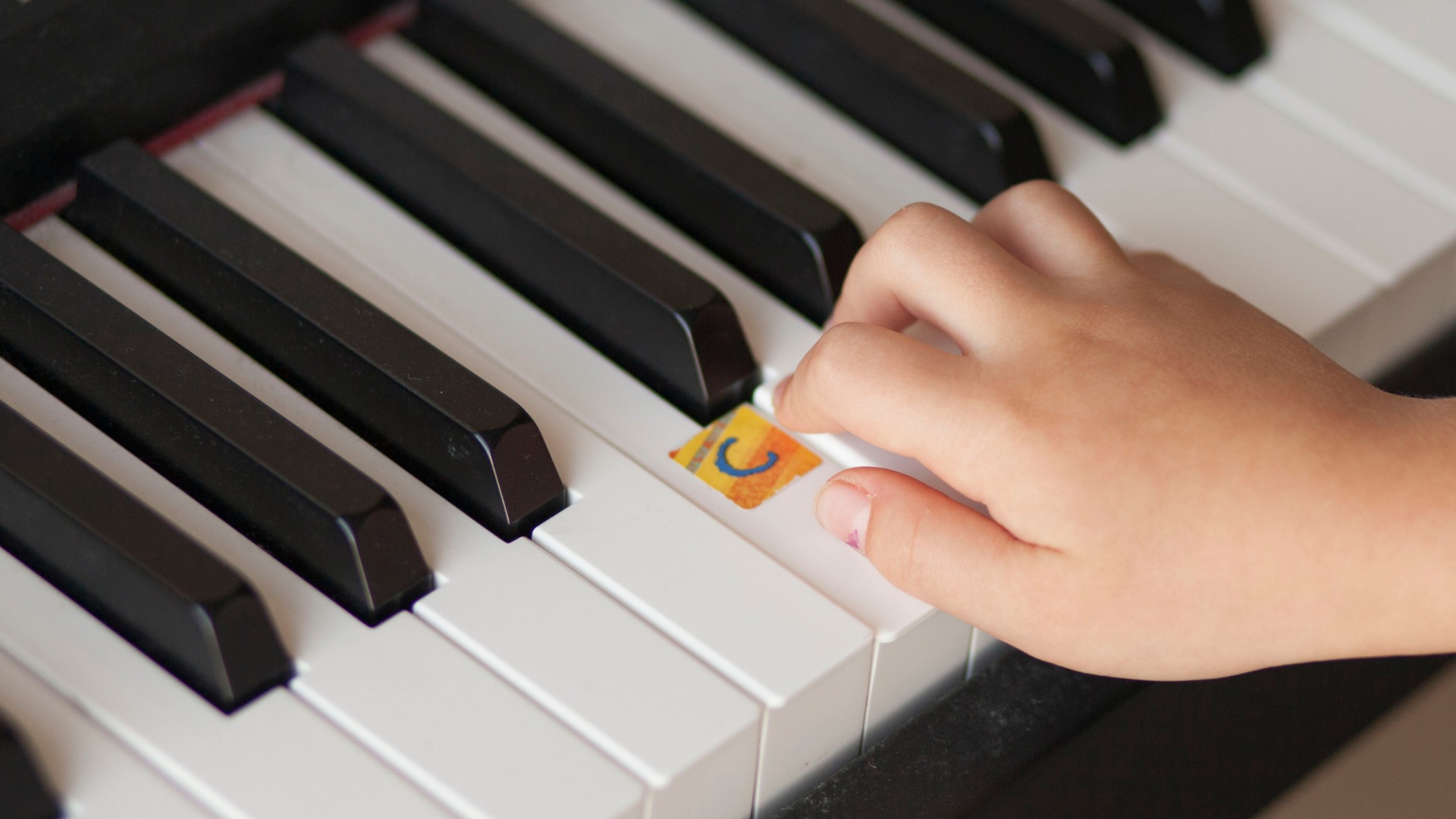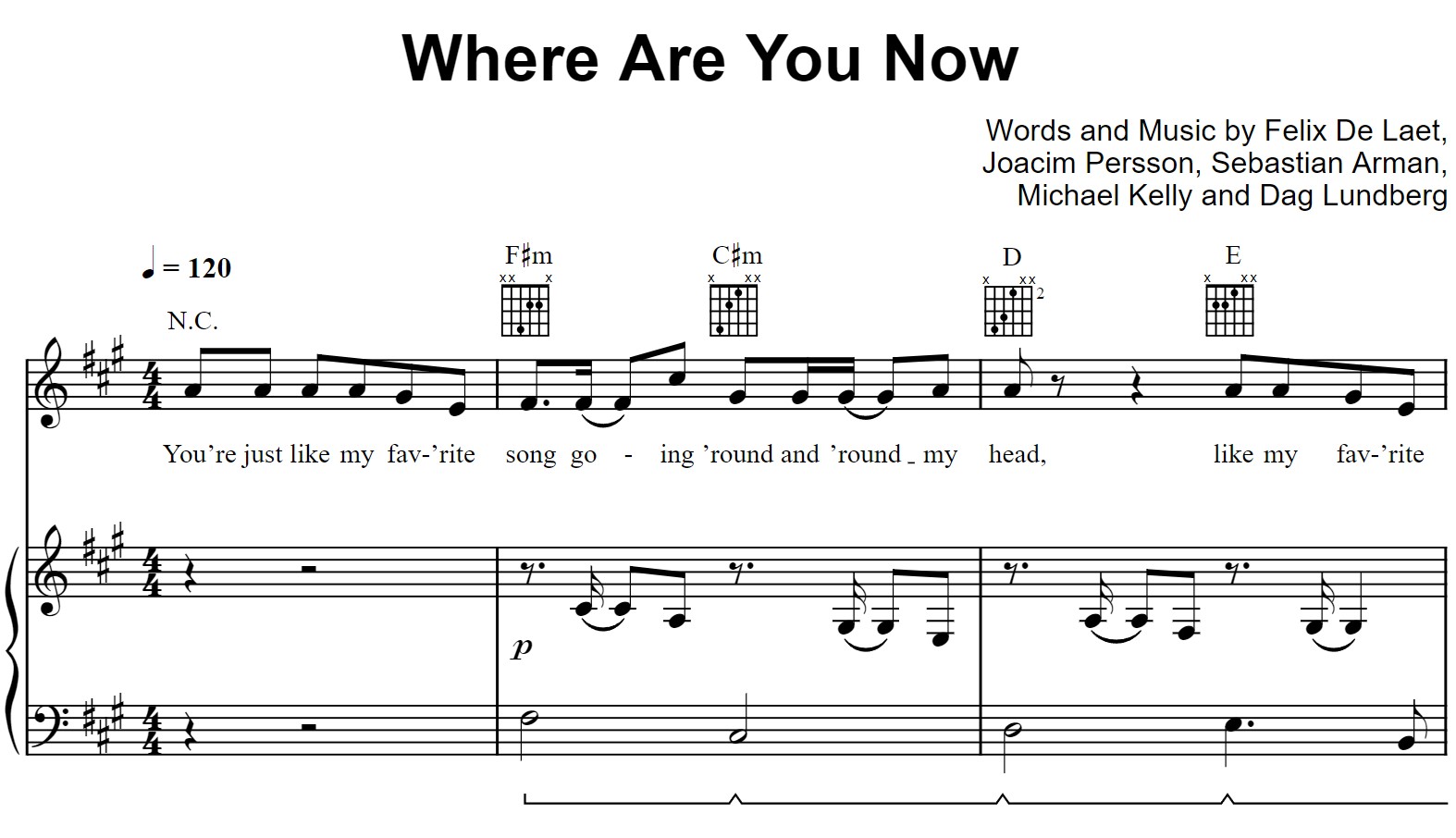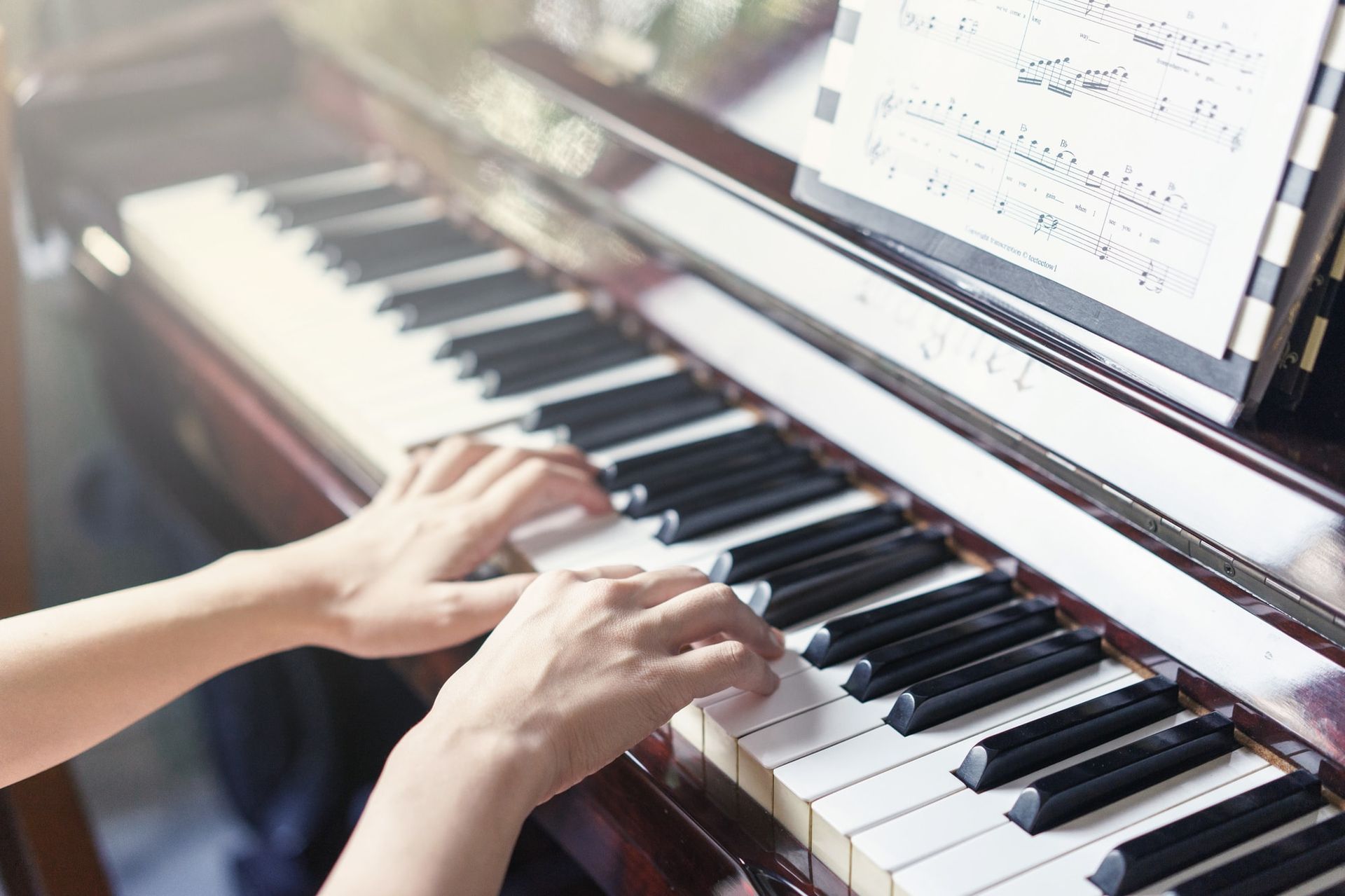Home>Instruments>Piano>Where Is C On Piano
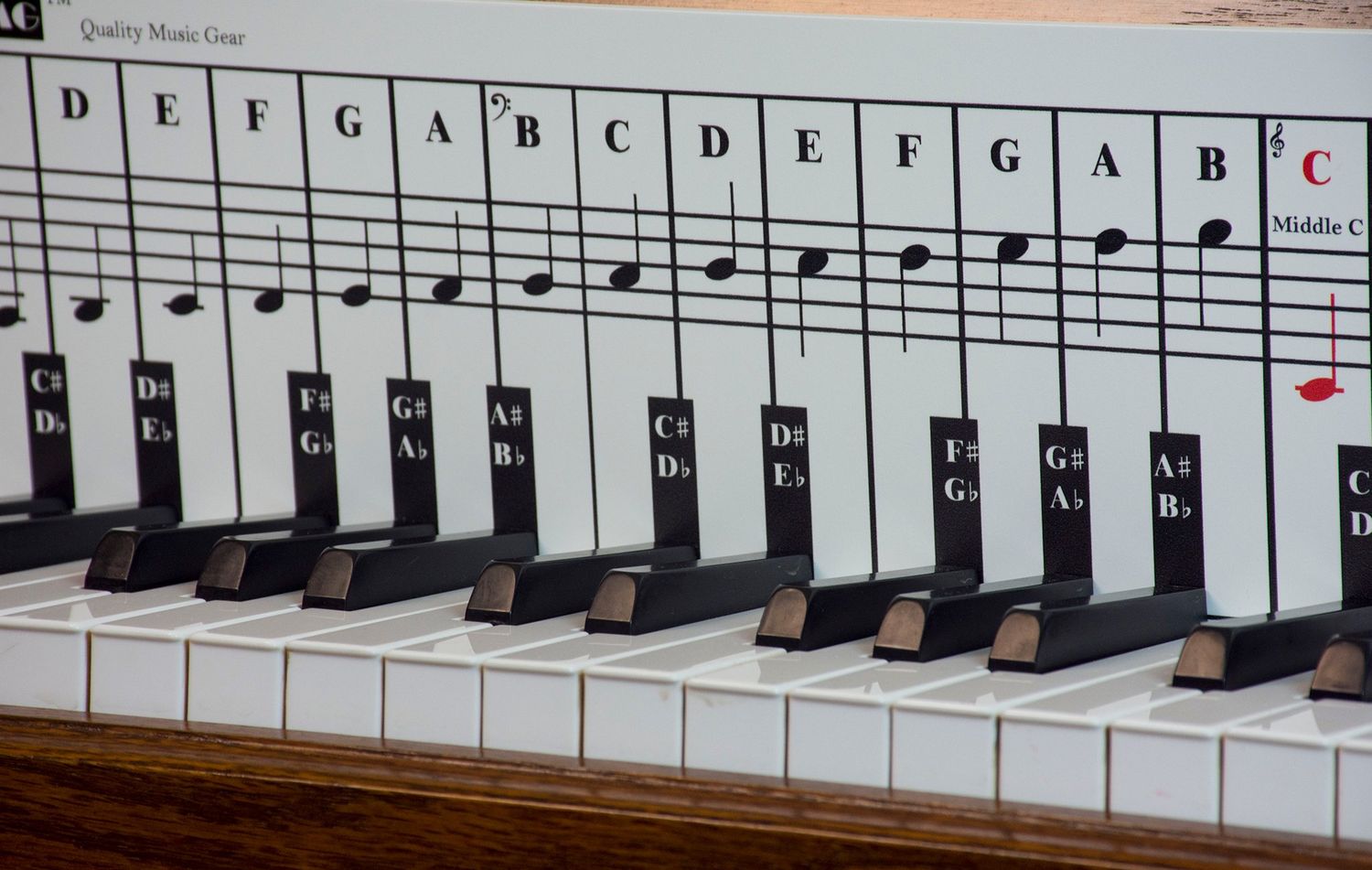

Piano
Where Is C On Piano
Published: February 12, 2024
Learn where C is on the piano and master the basics of playing this versatile instrument. Explore piano tutorials and tips for beginners.
(Many of the links in this article redirect to a specific reviewed product. Your purchase of these products through affiliate links helps to generate commission for AudioLover.com, at no extra cost. Learn more)
Table of Contents
**
Introduction
**
The piano is a timeless and versatile instrument that has captured the hearts of music enthusiasts for centuries. Its rich history and diverse repertoire make it a beloved choice for both beginners and seasoned musicians. One of the fundamental aspects of learning to play the piano is understanding the layout of the keyboard and familiarizing oneself with the different notes. Among these notes, the elusive C holds a special place due to its significance as a starting point in various musical contexts.
In this article, we will embark on a journey to demystify the location of the C note on the piano keyboard. Whether you are a curious beginner eager to explore the basics of piano playing or an experienced musician looking to deepen your understanding, this guide will provide valuable insights. By the end of our exploration, you will not only know where to find the C note on the piano but also appreciate its importance in the realm of music theory and performance.
Join me as we unravel the mysteries of the piano keyboard and embark on a quest to uncover the elusive C note, a foundational element in the world of music and melody. Let's dive into the enchanting realm of piano keys and discover the magic of the C note.
Understanding the Piano Keyboard
Before we delve into the specifics of locating the C note on the piano, it’s essential to grasp the layout and structure of the instrument’s keyboard. The piano keyboard consists of a series of keys arranged in a repeating pattern of white and black keys. These keys represent musical notes and span across octaves, allowing for a wide range of pitches to be played.
The pattern of black and white keys is not arbitrary; rather, it follows a consistent arrangement. The white keys represent the natural notes (A, B, C, D, E, F, and G), while the black keys correspond to the sharps and flats of these natural notes. This pattern repeats across the entire length of the keyboard, allowing for easy identification of notes and intervals.
Furthermore, the piano keyboard is divided into groupings of 12 keys, known as octaves. Each octave contains a sequence of seven natural notes and five accidentals (sharps or flats), resulting in a total of 12 unique pitches. Understanding this layout is crucial for navigating the keyboard and locating specific notes, including the pivotal C note.
As we continue our exploration, keep in mind the visual and structural organization of the piano keyboard. This foundational knowledge will serve as the compass guiding us to the elusive C note and beyond, unlocking the secrets of musical expression and creativity.
Locating the C Note on the Piano
Now that we have established a foundational understanding of the piano keyboard, it’s time to set our sights on the elusive C note. The C note serves as a pivotal reference point in music theory and performance, making it essential to locate on the keyboard.
Finding Middle C:
One of the most prominent and crucial C notes on the piano is Middle C. This particular C note holds immense significance and is often a starting point for many beginners. Middle C is positioned towards the center of the keyboard, typically around the area where the brand or model name of the piano is displayed. It is the C note that is closest to the middle of the piano keyboard, making it a central reference point for understanding the layout of the instrument.
Navigating the Octaves:
In addition to Middle C, the piano keyboard is adorned with multiple occurrences of the C note across different octaves. Each octave contains a C note, and these notes are distinguishable by their pitch and position on the keyboard. As you ascend from the lower to the higher octaves, the C notes follow a consistent pattern, allowing for easy identification and navigation.
Understanding the White Key Pattern:
To locate the C note on the piano, one can leverage the pattern of white keys. The C note is positioned to the left of a grouping of two black keys. This visual cue serves as a reliable marker for identifying the C note across the keyboard. Once you have familiarized yourself with this pattern, locating the C note becomes an intuitive and seamless process.
By understanding the significance of Middle C and the recurring pattern of C notes across the keyboard, you will gain a comprehensive grasp of where the C note resides on the piano. This knowledge forms the bedrock for further exploration and mastery of the instrument, paving the way for musical creativity and expression.
Conclusion
Embarking on the quest to locate the C note on the piano has unveiled a world of musical intricacies and foundational knowledge. From understanding the layout of the piano keyboard to identifying the pivotal Middle C and navigating the octaves, our exploration has shed light on the significance of this fundamental note.
By familiarizing ourselves with the visual and structural organization of the piano keyboard, we have gained a deeper appreciation for the role of the C note in music theory and performance. The recurring pattern of C notes across the octaves, coupled with the distinctive positioning of Middle C, provides a roadmap for aspiring pianists and seasoned musicians alike.
Locating the C note on the piano transcends the act of finding a specific key; it symbolizes the initiation of a musical journey filled with creativity, expression, and artistry. As you sit at the piano and run your fingers across the keys, the knowledge of where to find the C note serves as a compass guiding you through melodies, harmonies, and compositions.
Furthermore, the journey to uncover the C note underscores the interconnectedness of music and the instrument itself. The piano, with its rich history and timeless allure, becomes a canvas for musical exploration, with the C note at the heart of this wondrous tapestry.
As we conclude our expedition into the realm of piano keys and notes, remember that the journey does not simply end with locating the C note; rather, it marks the beginning of a melodic odyssey filled with boundless possibilities. Let the resonance of the C note inspire you to embark on a musical adventure, where each keystroke becomes a brushstroke painting the canvas of sound.
So, the next time you sit at the piano, take a moment to appreciate the significance of the C note and the endless melodies it holds within its resonant embrace. Let the quest to find C on the piano be the prelude to a symphony of musical discovery and expression.

